39 the reference calorie intake for calculating percent daily values on nutrition facts labels is
National Health and Nutrition Examination Survey - Centers for … The objective of the dietary interview component is to obtain detailed dietary intake information from NHANES participants. The dietary intake data are used to estimate the types and amounts of foods and beverages (including all types of water) consumed during the 24-hour period prior to the interview (midnight to midnight), and to estimate intakes of energy, nutrients, and other food ... Reference Values for Nutrition Labeling (Based on a 2000 Calorie Intake; for Adults and Children 4 or More Years of Age) Food Component Unit of Measure Daily Values Fat grams (g) 78 Saturated Fat grams (g) 20 Cholesterol milligrams (mg) 300 Total Carbohydrate grams (g) 275 Sodium milligrams (mg) 2,300 Dietary Fiber grams (g) 28 Protein grams (g) 50 Added Sug
Solved QUESTION 1 Which dietary standard values vary with - Chegg Labeling laws require that ingredients in food products be listed on the container in descending order of their ________. 1 points QUESTION 14 The reference calorie intake for calculating percent Daily Values on Nutrition Facts labels is ________. 1 points QUESTION 15 What type of claim is "calcium builds strong bones and teeth"? Expert Answer
The reference calorie intake for calculating percent daily values on nutrition facts labels is
Nutrition Quiz Chapter 2 Flashcards | Quizlet The Recommended Dietary Allowances because they represent the daily amount of a nutrient considered adequate to meet the known nutrient needs of nearly all healthy people The reference calorie intake for calculating percent Daily Values on Nutrition Facts labels is ________. a. 2000 kcal b. 2300 kcal c. 1500 kcal d. 3000 kcal A. 2000 kcal Nutrition Labelling - Table of Daily Values - Canada.ca Food intended for children one year of age or older but less than four years of age or for children four years of age or older and adults. 1. Fat. 44 g. 75 g. 2. Sum of saturated fatty acids and trans fatty acids. 10 g. 20 g. Q7 if a can of soup provides 4 servings and has 100 - Course Hero Q7: If a can of soup provides 4 servings and has 100 kcal per serving, how many kcal are in the entire can? A. 100 B. 400 C. 800 D. 200. Q8: The reference calorie intake for calculating percent Daily Values on Nutrition Facts labels is ________. A. 2000 kcal B. 2300 kcal C. 1500 kcal D. 3000 kcal.
The reference calorie intake for calculating percent daily values on nutrition facts labels is. Nutrition Chapter 2 Quiz Flashcards | Quizlet d) Dietary Reference Intakes B The reference calorie intake for calculated percent Daily Values on Nutrition facts labels is _________. a) 1500 kcal b) 2000 kcal c) 2300 kcal d) 3000 kcal B If a can of soup provides 4 servings and has 100 kcal per serving, how many kcal are in the entire can? a) 100 b) 200 c) 400 d) 800 C Daily values - nutritionvalue.org Daily Values (DV) are the recommended amounts of nutrients to consume or not to exceed for an adult on 2000 diet established by FDA. For essential aminoacids the recommended daily intake is provided for a 180 lbs person. %DV is the ratio of actual nutrient amount to its daily value expressed as a percent. 2000 calorie diet is used for general ... Stanford University UNK the , . of and in " a to was is ) ( for as on by he with 's that at from his it an were are which this also be has or : had first one their its new after but who not they have Table of Daily Values - Canada.ca Overview. This document is a two-part table that sets out the recommended amounts of nutrients (the daily value) for specific age groups. These are the reference points upon which the % daily value in the nutrition facts table are based. Part 1 of the table sets out the daily values for macronutrients and sodium for two age groups.
Calories on the New Nutrition Facts Label | FDA One package of food may contain more than one serving, so, if you eat two servings you would be getting two times the calories shown on the label. For example, if you ate one serving of the food... Frequently Asked Questions for Industry on Nutrition Facts Labeling ... Daily Values are comprised of two sets of reference values for reporting nutrients in nutrition labels—the Daily Reference Values (DRVs) and the Reference Daily Intakes (RDIs). To limit consumer... Pharmaceutical Calculations 13th - Ansel - Academia.edu The book discusses the distribution of camels in different continents/countries, breeds and types of camels with cross reference to other species, nutritional physiology and reproductive management, the way camels adapt to hot arid environment, milk and meat production and work performance, practical management and training of camels, marketing ... How Many Calories to Feed Your Dog Per Day - The Spruce Pets Aug 15, 2022 · Feeding treats or table scraps will add to your dog's calorie intake. Be sure that treats and snacks make up only 10 percent or less of your dog's daily intake. At least ninety percent of your dog's daily calorie intake should come from a complete and balanced diet. Consult your vet for advice when choosing a diet for your dog.
SPHE295 Quiz 1.docx - Part 1 of 2 - Chapter 1 MC 84.0... Not smoking and limiting alcohol intake C. Limiting stress or adjusting the causes of the stress D. All of these choices are correct All of these choices are correct Question 2 of 25 4.0 Points The reference calorie intake for calculating percent Daily Values on Nutrition Facts labels is A. 1500 kcal. B. 2000 kcal. Guidelines for the Treatment of Hypothyroidism: Prepared by the ... Dec 01, 2014 · Background, Objectives, and Rationale. L evothyroxine (LT 4) has been considered the standard of care for treatment of hypothyroidism for many years. This treatment is efficacious when administered orally, has a long serum half-life that permits daily administration, and results in resolution of the signs and symptoms of hypothyroidism in the majority of patients. Daily Values are based on which sets of dietary standards A Reference ... Bloom's: 1. Remember Lear ning Outcome: 02.02 Compar e the Daily Values to the Dietar y Refer ence Intakes and explain how they ar e used on Nutr ition Facts panels.Section: 2.02Topic: Food and supplement labeling 14. The reference calorie intake for calculating percent Daily Values on Nutrition Facts labels is _____. A. 1500 kcal B. 2000 kcal C. 2300 kcal D. 3000 kcal The Ultimate Guide To Body Recomposition - DOKUMEN.PUB When setting up a diet that will cause the simultaneous loss of one tissue (fat) and gain of another tissue (muscle) we need to consider four different dietary tenants, organized in order of importance: • 1. CALORIE INTAKE: As mentioned previously, whole body changes in energy balance will be driven primarily by total calorie intake.
BibMe: Free Bibliography & Citation Maker - MLA, APA, Chicago, … Take your paper to the next level. Have your paper checked for grammar errors, missing punctuation, unintentional plagiarism, and more!
Access Denied - LiveJournal Hier sollte eine Beschreibung angezeigt werden, diese Seite lässt dies jedoch nicht zu.
HNF Exam 1 (actual) Flashcards | Quizlet The reference calorie intake for calculating percent Daily Values on Nutrition Facts labels is A. 2300 kcal. B. 2000 kcal. C. 3000 kcal. D. 1500 kcal. b. 2000 Fats should fill what percentage of our daily caloric intake? A. 10-35%. B. 20-35%. C. 45-50%. D. 45-65% b. 20-35% Reading food labels helps consumers
Chapter 2 Flashcards | Quizlet The reference calorie intake for calculating percent Daily Values on Nutrition Facts labels is ________. 2000 kcal If a can of soup provides 4 servings and has 100 kcal per serving, how many kcal are in the entire can? 400 Food components that must be listed on the Nutrition Facts panel include ________. sugars, dietary fiber, and calcium
Week 2 Quiz.docx - The reference calorie intake for calculating percent ... The reference calorie intake for calculating percent Daily Values on Nutrition Facts labels is ________. 1. 2000 kcal 2. 2300 kcal 3. 1500 kcal 4. 3000 kcal 1 . 2000 kcal Question Points: 1.0 / 1.0 2 Bt corn contains a protein produced by a bacterial gene. This protein ________. 1.
3.4 Dietary Recommendations and Nutrition Labels Daily Values are recommended averages, and are based upon a 2,000 calorie per day diet. The Percent Daily Value (DV) is based upon several DRI values and can be found on nutrition labels. Daily Values are recommended averages, and are based upon a 2,000 calorie per day diet (Williams, 1999). Percent DV is for the entire day, not just one meal ...
Nutrition module 2 Flashcards | Quizlet Which nutrient is best contributed by the protein foods group of MyPlate? iron The reference calorie intake for calculating percent Daily Values on Nutrition Facts labels is ________. 2000 kcal Food components that MUST be listed on the Nutrition Facts panel include ________. sugars, dietary fiber, and calcium
Food Labeling: Revision of the Nutrition and Supplement Facts Labels Two Thousand Calories as the Reference Caloric Intake Level. 4. Percent DV Declaration for Calories. F. Fat. 1. Total Fat. a. Definition. b. Mandatory Declaration ... DVs are used to calculate the percent Daily Value (% DV) on the label, which helps consumers understand the nutrient information on the product label in the context of the total ...
Question 4 of 25 40 40 points the reference calorie - Course Hero See Page 1 Question 4 of 25 4.0/ 4.0 PointsThe reference calorie intake for calculating percent Daily Values on Nutrition Facts labels is A. 1500 kcal. B. 2000 kcal. C. 2300 kcal. D. 3000 kcal. Answer Key: B Upload your study docs or become a Course Hero member to access this document Continue to access End of preview.
How to Understand and Use the Nutrition Facts Label | FDA The % Daily Value (%DV) is the percentage of the Daily Value for each nutrient in a serving of the food. The Daily Values are reference amounts (expressed in grams, milligrams, or micrograms) of...
Nutritional Recommendations for Individuals with Diabetes Oct 13, 2019 · The chapter summarizes current information available from a variety of scientifically based guidelines and resources on nutritional recommendations for adult people with diabetes (PWD). It is designed to take these guidelines and provide an overview of practical applications and tips in one place for health care practitioners who treat PWD. The sections are divided into components of ...
Percent daily value - Canada.ca dividing the amount of a nutrient in a serving size by its daily value, then multiplying that number by 100 For example, a food product has 3 mg of iron. The daily value for iron is 14 mg. This means that the % DV for iron would be 21%. If you would like to do your own calculation, use the equation below to help you. (3 mg ÷ 14 mg) × 100 = 21% DV
Daily Intake - Information within the Nutrition Facts table - Food ... The Daily Value (DV) is the reference point upon which the % Daily Value is based. The Daily Values are also used to set criteria for the nutrient content claims for vitamins and mineral nutrients . The Daily Value is the quantity applicable to a nutrient according to the Table of Daily Values [B.01.001(1), B.01.001.1(2), FDR ].
How to Calculate the Percent Daily Value for the Appropriate Nutrients ... dividing the amount of a nutrient in a serving size by its daily value, then multiplying that number by 100 For example, a food product has 3 mg of iron. The daily value for iron is 14 mg. This means that the % DV for iron would be 21%. If you would like to do your own calculation, use the equation below to help you. (3 mg ÷ 14 mg) × 100 = 21% DV
(PDF) Barbara Bates : A Guide To Physical Examination And History ... As you read about successful interviewing, you will first learn the elements of the Comprehensive Health History. For adults, the comprehensive history includes Identifying Data and Source of the History, Chief Complaint(s), Present Illness, Past
Error - UpToDate UpToDate, electronic clinical resource tool for physicians and patients that provides information on Adult Primary Care and Internal Medicine, Allergy and Immunology, Cardiovascular Medicine, Emergency Medicine, Endocrinology and Diabetes, Family Medicine, Gastroenterology and Hepatology, Hematology, Infectious Diseases, Nephrology and Hypertension, Neurology, …
Solved The reference calorie intake for calculating percent | Chegg.com Expert Answer. 100% (1 rating) The correct option is 2000Kcal. The reference calorie intake for calculating percent dail …. View the full answer. Transcribed image text: The reference calorie intake for calculating percent Daily Values on Nutrition Facts labels is: 1500 Kcal 2000 Kcal 1800 Kcal 2500 Kcal.
The Complete Guide to Recommended Daily Intakes, Daily Values, and ... Table of RDI, DV, and UL for Each Nutrient. This table is for an adult male, average weight of 154lbs (70kg) and height of 70inches (177cm). *1.6g is the Adequate Intake (AI) for Omega 3s. Adequate Intake is assumed to ensure nutritional adequacy and is established when evidence is insufficient to develop an RDI. ( Source)
How to Calculate % of Daily Value on Food Labels | livestrong Food labels include most relevant information, including calories, fat, protein, and carbohydrate content. Vitamin and mineral levels are also included. These numbers do not mean much unless you know how much of these nutrients you should be eating daily. The percent of daily value provides this context.
FDA Rounding Rules for Your Food Label - LabelCalc Calories. If your product has: Fewer than 5 calories per serving, round down to zero. 50 or fewer calories per serving, round to the nearest 5 increment (i.e. 42 rounds to 40). More than 50 calories per serving, round to the nearest 10 increment (i.e. 106 becomes 110). Calories from Fat, Total Fat, Saturated Fat, and Trans Fat
Daily Value on the New Nutrition and Supplement Facts Labels The %DV is how much a nutrient in a single serving of an individual packaged food or dietary supplement contributes to your daily diet. For example, if the DV for a certain nutrient is 300...
Q7 if a can of soup provides 4 servings and has 100 - Course Hero Q7: If a can of soup provides 4 servings and has 100 kcal per serving, how many kcal are in the entire can? A. 100 B. 400 C. 800 D. 200. Q8: The reference calorie intake for calculating percent Daily Values on Nutrition Facts labels is ________. A. 2000 kcal B. 2300 kcal C. 1500 kcal D. 3000 kcal.
Nutrition Labelling - Table of Daily Values - Canada.ca Food intended for children one year of age or older but less than four years of age or for children four years of age or older and adults. 1. Fat. 44 g. 75 g. 2. Sum of saturated fatty acids and trans fatty acids. 10 g. 20 g.
Nutrition Quiz Chapter 2 Flashcards | Quizlet The Recommended Dietary Allowances because they represent the daily amount of a nutrient considered adequate to meet the known nutrient needs of nearly all healthy people The reference calorie intake for calculating percent Daily Values on Nutrition Facts labels is ________. a. 2000 kcal b. 2300 kcal c. 1500 kcal d. 3000 kcal A. 2000 kcal

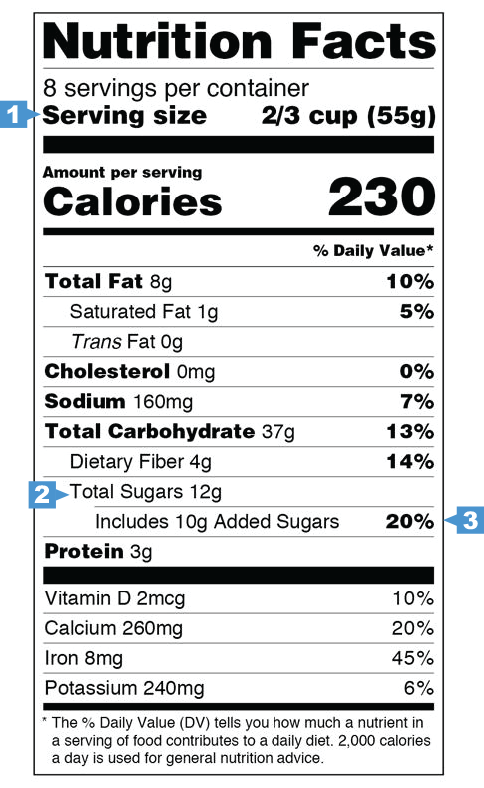
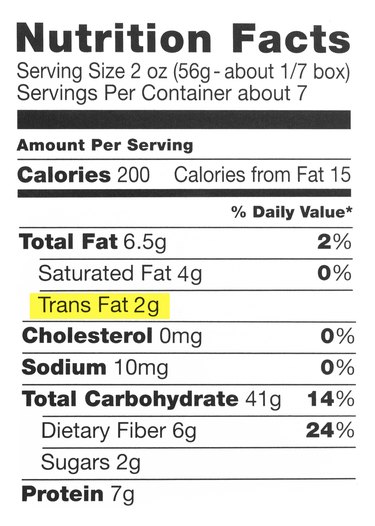




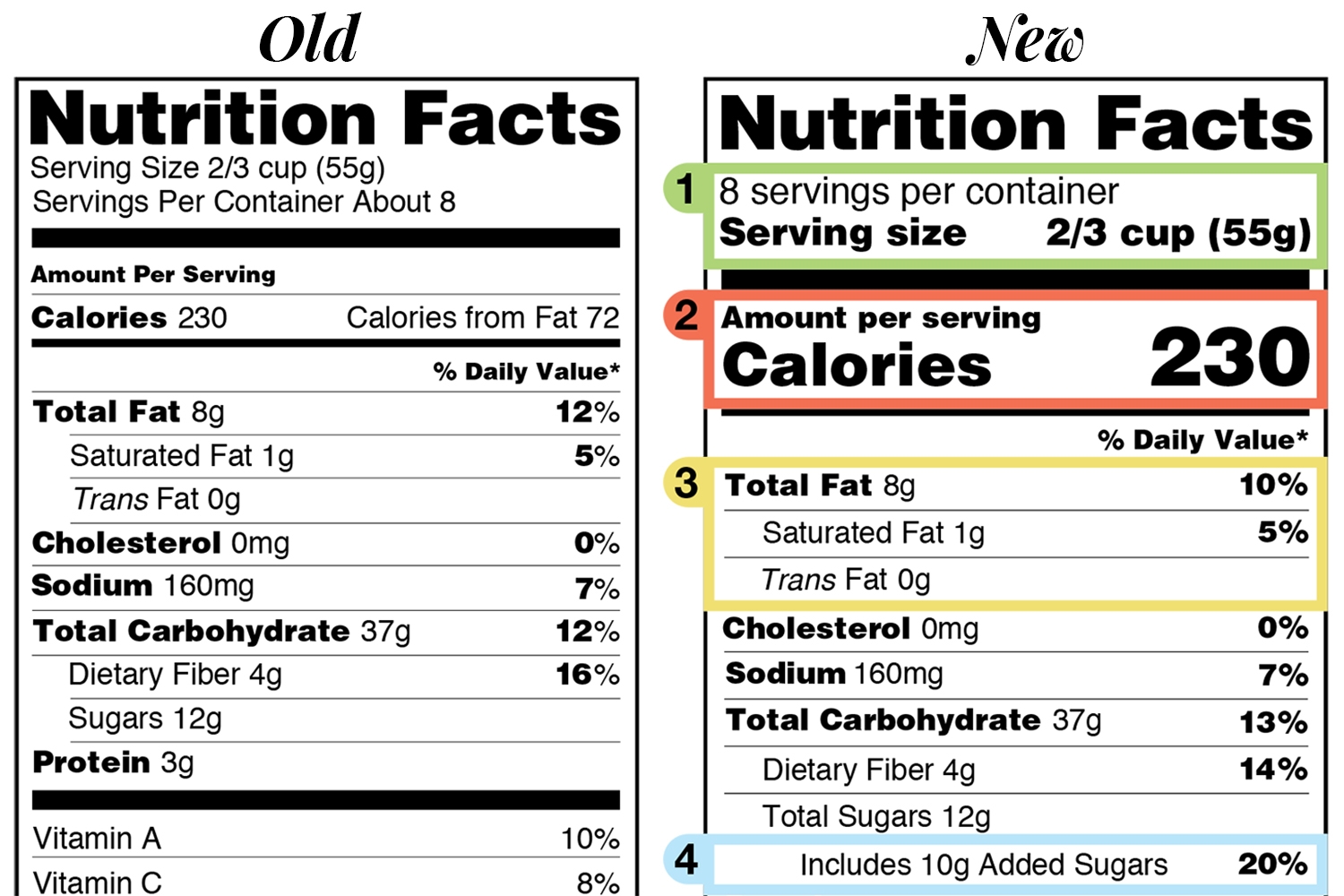

/Untitled-design-1--5755c3703df78c9b46903dab.jpg)




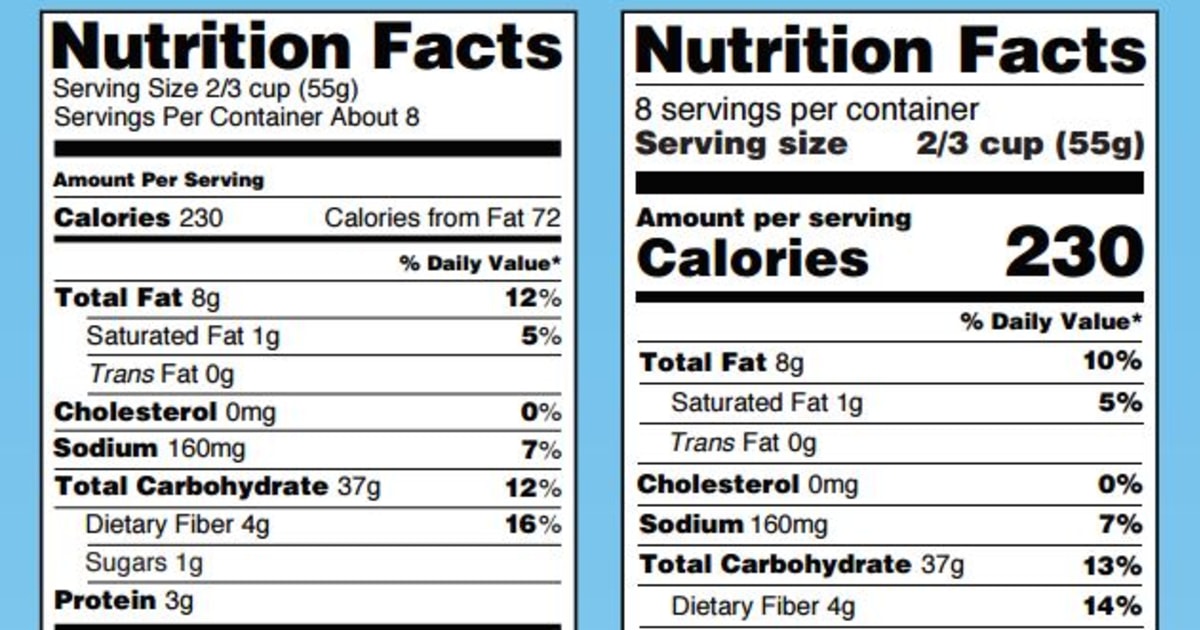



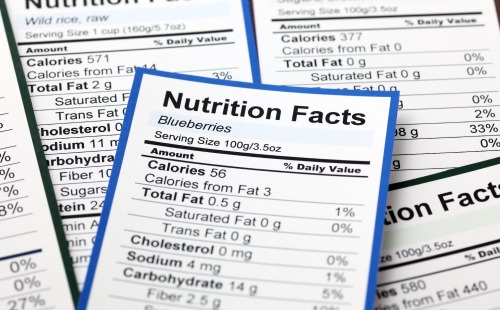

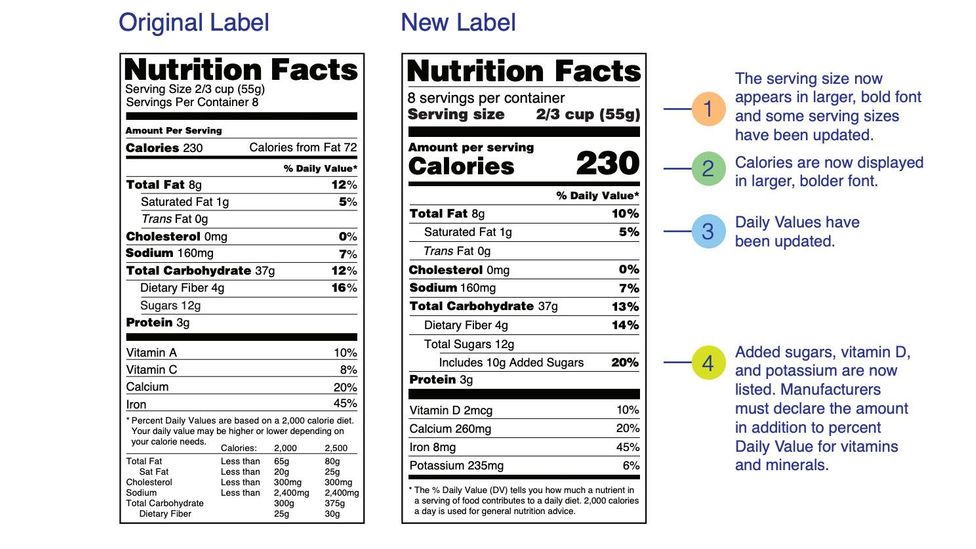
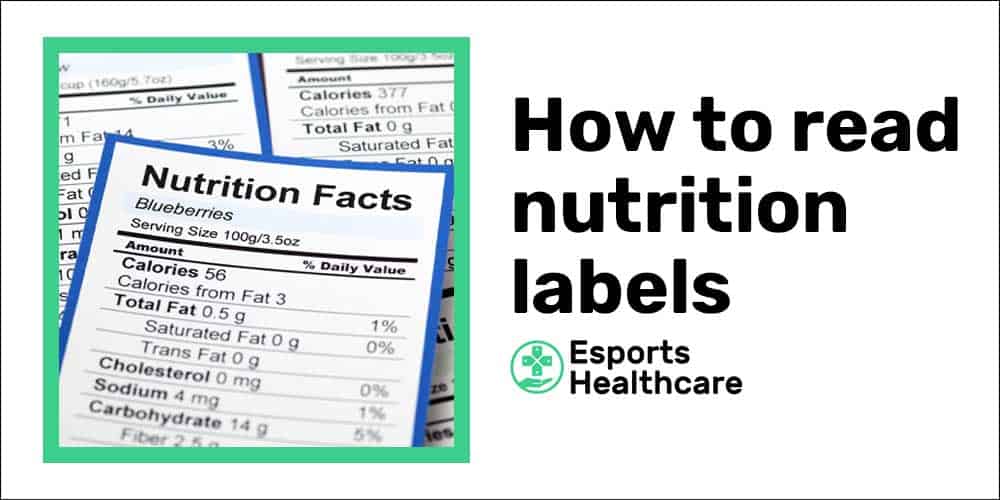


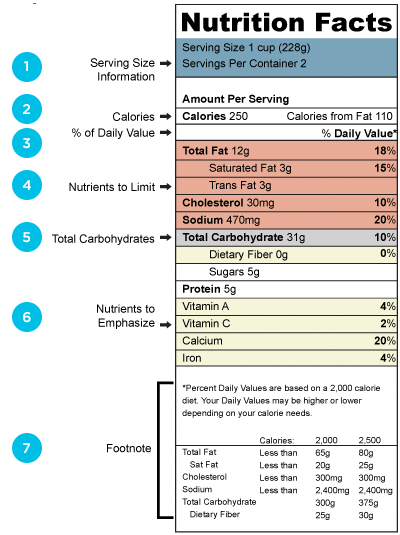
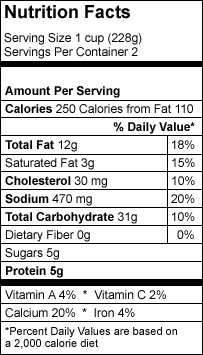
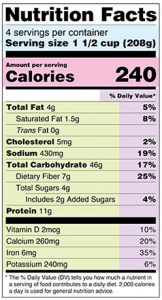



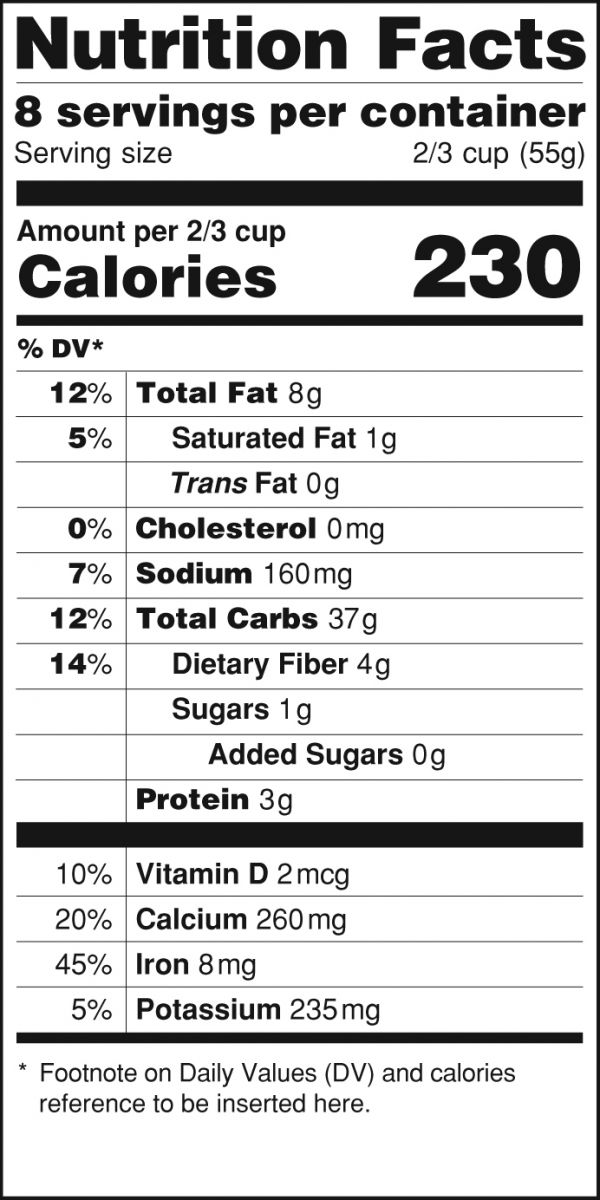


Post a Comment for "39 the reference calorie intake for calculating percent daily values on nutrition facts labels is"